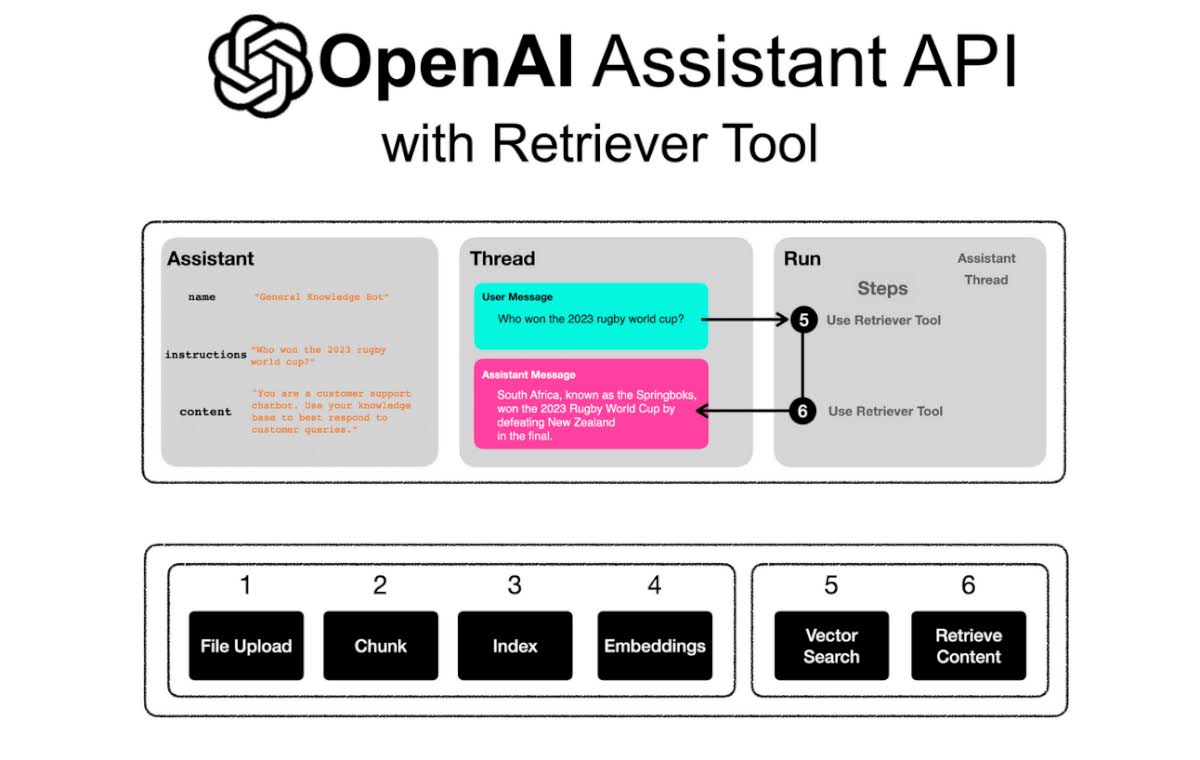China's Automotive Landscape: Challenges And Responses From BMW, Porsche, And Beyond

Table of Contents
Navigating the Regulatory Maze in China's Automotive Market
The Chinese automotive market presents a complex regulatory environment that significantly impacts foreign automakers. Strict emission standards, intricate import regulations, and constantly evolving government policies create substantial hurdles. Successfully navigating this maze requires significant investment and adaptability.
Challenges:
- Stringent Emission Standards: China is a global leader in pushing for stricter emission standards, forcing automakers to invest heavily in developing and producing cleaner vehicles, particularly New Energy Vehicles (NEVs). This includes compliance with increasingly ambitious NEV quotas.
- Complex Import Regulations: Importing vehicles into China involves a labyrinthine process of tariffs, customs procedures, and certifications, adding significant costs and complexities to market entry.
- Evolving Government Policies: The Chinese government frequently updates its policies related to the automotive industry, impacting everything from production quotas to investment incentives. Adaptability and proactive monitoring are essential.
BMW's Response: BMW has demonstrated a long-term commitment to the Chinese market through substantial investment in local production facilities and R&D centers. This strategy allows them to comply with local regulations more efficiently and customize their offerings to align with local preferences. A major focus for BMW in China is the development and production of electric vehicles, directly addressing the growing demand for NEVs.
Porsche's Response: Porsche has chosen a path of strategic partnerships with established Chinese companies. This approach leverages existing local infrastructure, distribution networks, and expertise, mitigating some of the challenges associated with direct market entry and regulatory compliance. This collaborative approach is essential for efficient localization.
Bullet Points:
- Compliance with stringent NEV (New Energy Vehicle) quotas.
- Negotiating local content requirements (the percentage of parts sourced locally).
- Managing intellectual property rights within the Chinese legal framework.
Competition from Domestic Chinese Automakers
The rise of domestic Chinese automakers presents a formidable challenge to established international brands. Companies like BYD, NIO, and Xpeng are rapidly innovating and expanding their market share, increasing competition across all segments, from budget-friendly models to luxury vehicles.
Challenges:
- Aggressive Pricing Strategies: Domestic brands often employ aggressive pricing and discounting strategies, putting pressure on profit margins for international competitors.
- Rapid Technological Advancements: Chinese automakers are quickly advancing in electric vehicle technology, autonomous driving capabilities, and connected car features, challenging the dominance of established players.
- Strong Local Brand Recognition: Domestic brands benefit from strong brand recognition and consumer trust within the Chinese market.
BMW's Response: BMW focuses on leveraging its reputation for luxury and technological innovation to differentiate itself from its Chinese competitors. Investment in digital technologies and connected car services are key to maintaining a competitive edge, appealing to tech-savvy Chinese consumers.
Porsche's Response: Porsche maintains its focus on brand exclusivity and performance, appealing to a niche market segment that values prestige and driving experience. This strategy relies on preserving its brand heritage while adapting to evolving consumer preferences in China.
Bullet Points:
- Price wars and discounting strategies from Chinese competitors.
- The rise of electric vehicles and their impact on traditional fuel-powered vehicle markets.
- Competition for talent and skilled labor within the Chinese automotive sector.
Understanding Chinese Consumer Preferences and Trends
Chinese consumer preferences are unique and dynamic. Understanding these nuances is critical for success. Foreign automakers must tailor their products, marketing, and sales strategies to meet the specific demands of this evolving market.
Challenges:
- Evolving Tastes: Consumer preferences are rapidly changing, driven by technological advancements, economic growth, and shifting lifestyle trends.
- Regional Variations: Consumer preferences can vary significantly across different regions of China, requiring regionally specific marketing strategies.
- Digital Natives: A significant portion of Chinese consumers are digital natives, requiring brands to engage effectively through digital channels.
BMW's Response: BMW adapts its vehicle designs and features to appeal to Chinese consumer preferences, often incorporating larger vehicle sizes (particularly SUVs) and advanced technology features. Digital marketing and strong social media engagement play a vital role in their strategy.
Porsche's Response: Porsche prioritizes building a strong brand image and creating emotional connections with Chinese consumers through exclusive events, personalized experiences, and targeted marketing campaigns.
Bullet Points:
- Preference for larger vehicles, particularly SUVs and crossovers.
- Growing demand for electric and hybrid vehicles, fueled by government incentives and environmental concerns.
- Emphasis on technology and connectivity features, including advanced driver-assistance systems and infotainment systems.
Supply Chain Management and Logistics in China
Efficient supply chain management and logistics are paramount for success in the Chinese automotive market. Navigating the complexities of this vast and dynamic network requires careful planning, strategic partnerships, and robust risk management.
Challenges:
- Geopolitical Risks: Geopolitical factors and potential trade tensions can disrupt supply chains, impacting the availability of components and materials.
- Raw Material Fluctuations: Fluctuations in raw material prices can significantly impact production costs and profitability.
- Logistics Infrastructure: Efficiently managing the logistics of transporting components and finished vehicles across China’s vast geographical area presents a major operational challenge.
BMW's Response: BMW utilizes a strategy of diversifying its supplier base and forming strategic partnerships to ensure supply chain resilience and mitigate risks associated with geopolitical instability or disruptions.
Porsche's Response: Porsche focuses on optimizing its logistics and inventory management processes to ensure efficient delivery of vehicles and components while minimizing inventory holding costs and potential disruptions.
Bullet Points:
- Geopolitical risks and potential trade tensions.
- Managing fluctuating raw material costs.
- Ensuring quality control throughout the complex supply chain.
Conclusion
China's automotive landscape is complex, demanding, yet undeniably crucial for global automakers. BMW, Porsche, and other international players must successfully navigate regulatory hurdles, compete with rapidly growing domestic brands, and understand the unique preferences of Chinese consumers to thrive. Successfully navigating these challenges requires adaptability, innovation, and a deep understanding of the nuances of China's automotive market. To stay competitive, companies must continue to adapt and invest in their strategies within this dynamic China's Automotive Landscape. Learn more about the evolving strategies of global automakers in China and how they are shaping the future of the industry.

Featured Posts
-
 Growing Tensions Trump Administration Announces Additional 1 Billion Cut To Harvard Funding
Apr 22, 2025
Growing Tensions Trump Administration Announces Additional 1 Billion Cut To Harvard Funding
Apr 22, 2025 -
 Trump Administration Threatens Harvard With 1 Billion Funding Loss
Apr 22, 2025
Trump Administration Threatens Harvard With 1 Billion Funding Loss
Apr 22, 2025 -
 Open Ai Simplifies Voice Assistant Development
Apr 22, 2025
Open Ai Simplifies Voice Assistant Development
Apr 22, 2025 -
 Blue Origins Launch Abort Details On The Subsystem Failure
Apr 22, 2025
Blue Origins Launch Abort Details On The Subsystem Failure
Apr 22, 2025 -
 Russias Easter Truce Ends Renewed Fighting In Ukraine
Apr 22, 2025
Russias Easter Truce Ends Renewed Fighting In Ukraine
Apr 22, 2025
